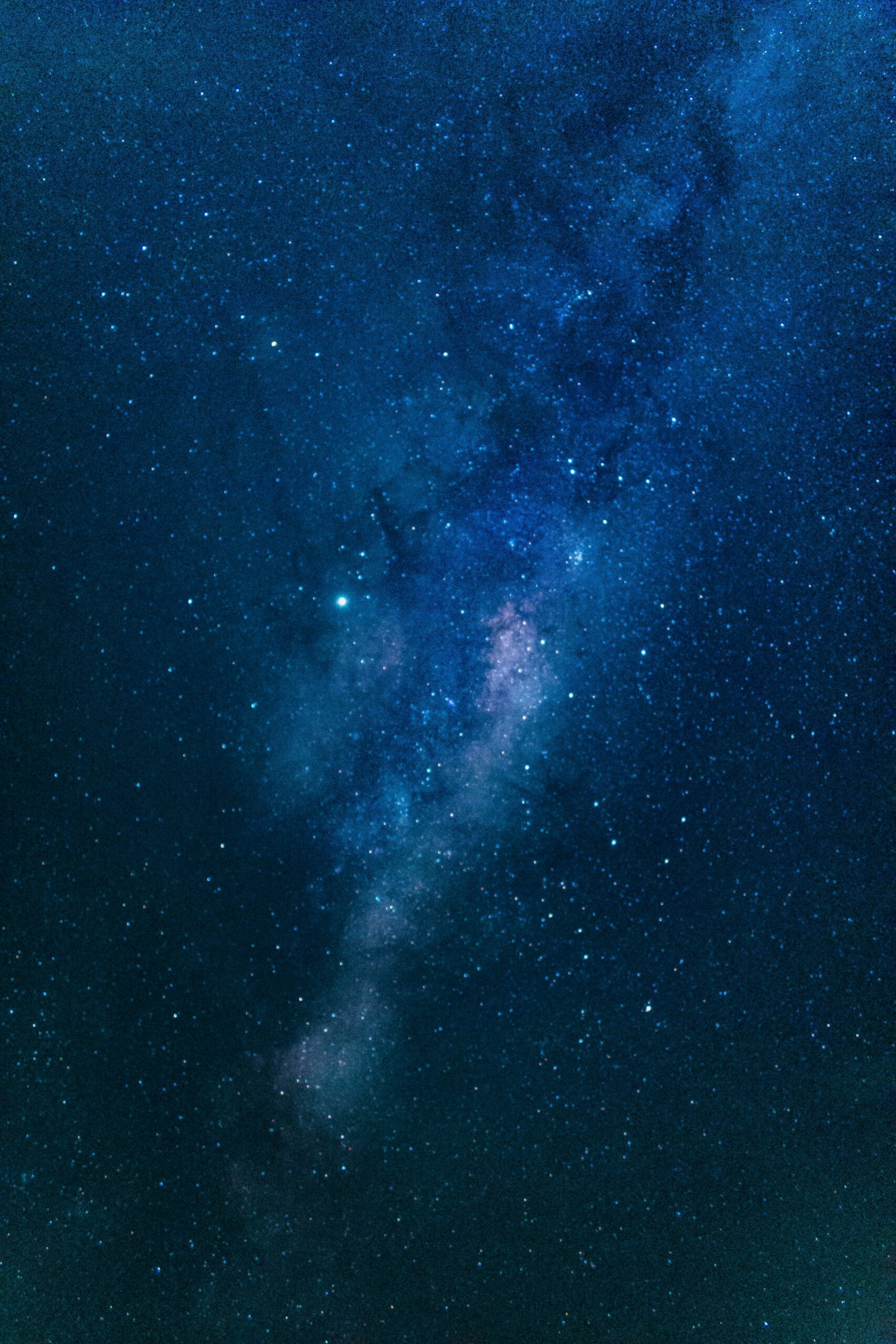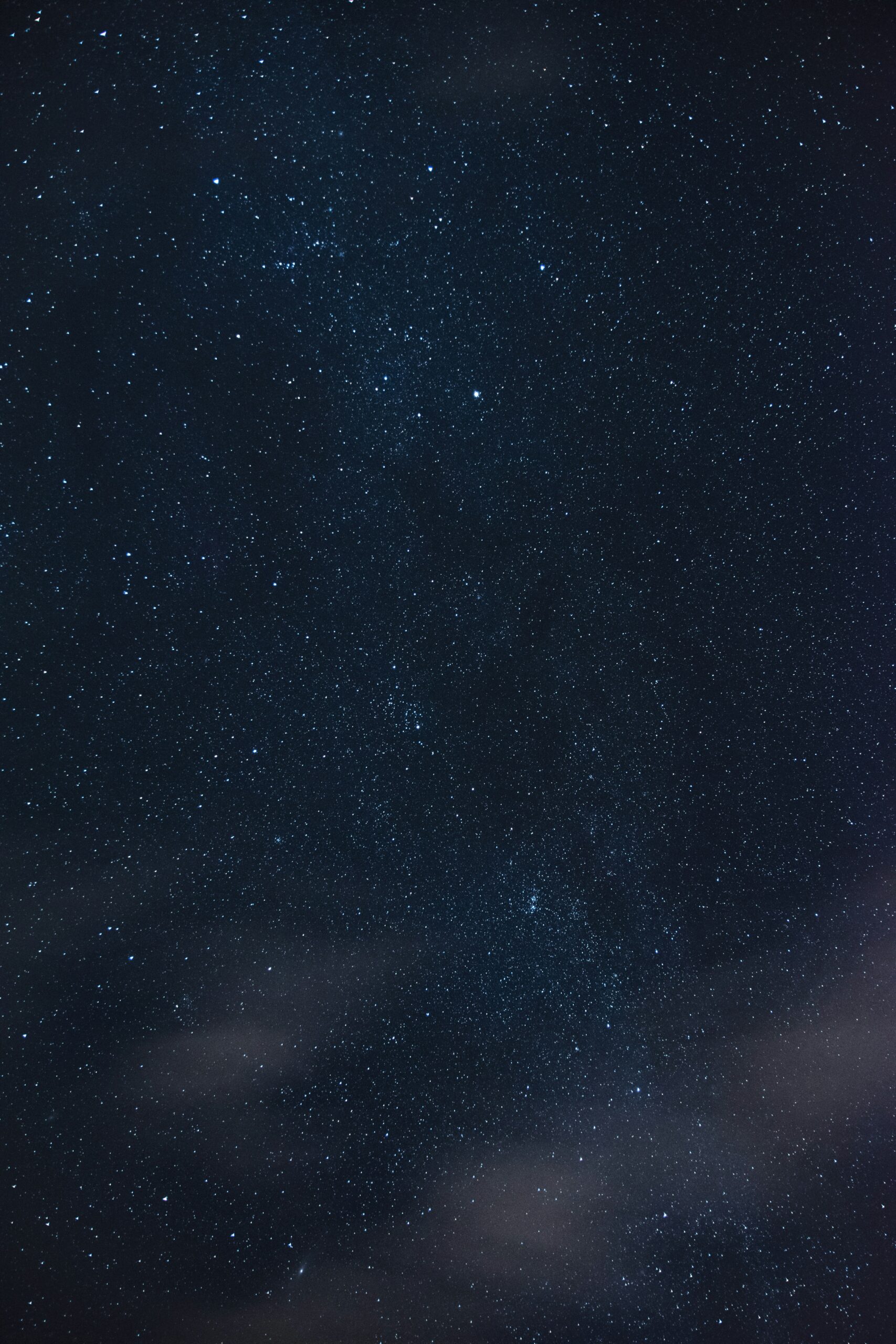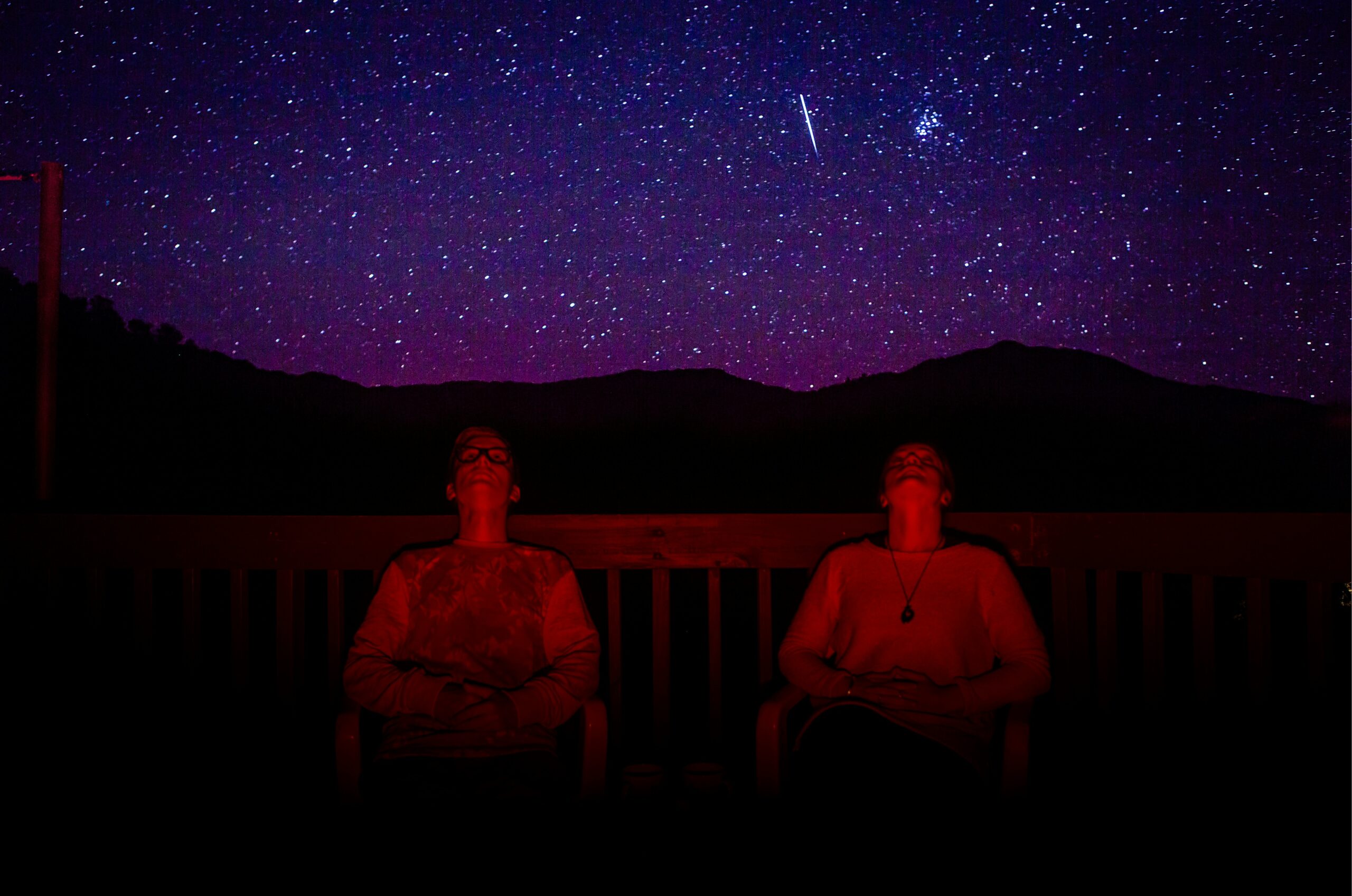Imagine lying on a blanket under a starry night sky, watching as myriad constellations twinkle above you. Now, imagine doing it with the help of a monocular. Yes, you heard right! The question arises – can a monocular really be used for stargazing? In this article, we will explore the possibilities, benefits, and limitations of using a monocular for observing the mesmerizing wonders of the night sky. So, grab your monocular and get ready to embark on a celestial journey like never before.

Understanding Monoculars
What is a monocular?
A monocular is a compact optical device that is used for viewing distant objects with one eye. It is essentially a single tube telescope that provides magnification, similar to a binocular or a telescope, but in a more portable and lightweight form. Monoculars are commonly used in various outdoor activities such as birdwatching, hunting, and even stargazing.
How does a monocular work?
A monocular works on the same principle as a telescope or binoculars. It uses a combination of lenses or prisms to gather light, focus it, and magnify the image. The objective lens at the front of the monocular collects light from the object being observed and directs it towards the eyepiece.
Inside the monocular, there are several lenses and prisms which help in adjusting the focus and magnification of the image. When you look through the eyepiece, the light passes through the lenses and prisms, resulting in a magnified and clearer view of the distant object.
The difference between a monocular and a binocular
While both monoculars and binoculars serve the same purpose of magnifying distant objects, they differ in their design and functionality. The most obvious difference is the number of eyepieces – monoculars have a single eyepiece, while binoculars have two. This means that when using a monocular, you will only be able to view with one eye, whereas binoculars allow for binocular vision.
Another difference lies in their size and weight. Monoculars are more compact and lightweight compared to binoculars, making them easier to carry and handle. This makes them a more versatile option for outdoor activities where portability is essential.
Pros and Cons of using a Monocular for Stargazing
Advantages of using a monocular for stargazing
Using a monocular for stargazing offers several advantages. Firstly, their compact size and lightweight nature make them a convenient option for stargazing on the go. They easily fit into a pocket or a bag, allowing you to carry them wherever you go without much hassle.
Secondly, monoculars often have a wider field of view compared to telescopes, allowing you to observe a larger portion of the night sky. This can be particularly beneficial when trying to scan the sky for specific celestial objects or when observing meteor showers or other astronomical events.
Furthermore, monoculars can provide a closer and clearer view of the moon and other bright celestial objects. Their magnification capabilities, although lower than telescopes, are still sufficient for observing objects within our solar system.
Disadvantages of using a monocular for stargazing
Despite their advantages, monoculars also have some limitations when it comes to stargazing. One significant drawback is their limited magnification power compared to telescopes. While monoculars can provide decent magnification for observing the moon and some planets, they may fall short when it comes to observing more distant objects such as galaxies or nebulae.
Additionally, monoculars generally have smaller objective lenses compared to telescopes, resulting in a reduced amount of light gathering. This can affect the level of detail and brightness of the observed objects, especially in conditions with low light pollution.
Moreover, using a monocular for extended periods can strain your eyes as you are using only one eye to observe. This can cause fatigue and discomfort, particularly when stargazing for prolonged periods of time.
Different Types of Monoculars
Fixed focus monoculars
Fixed focus monoculars, also known as focus-free monoculars, are designed to provide a sharp and clear image without the need for manual focusing. These monoculars have a fixed focal length set at a specific distance, usually around 50 feet or infinity. They are ideal for beginners or those who prefer a hassle-free stargazing experience without the need to adjust focus.
Zoom monoculars
Zoom monoculars, as the name suggests, offer variable magnification capabilities. They allow you to adjust the level of magnification by rotating a zoom ring, providing flexibility in observing different celestial objects at various distances. However, it’s important to note that zoom monoculars tend to have narrower fields of view compared to fixed magnification monoculars.
Infrared monoculars
Infrared monoculars utilize infrared technology to gather and detect heat signatures emitted by objects in the dark. They are particularly useful for stargazing in low-light conditions or when observing celestial bodies that emit infrared radiation, such as planets and stars. Infrared monoculars can enhance your ability to see details that may not be visible to the naked eye.
Choosing the Right Monocular for Stargazing
Considering the magnification
When choosing a monocular for stargazing, the magnification power is an important factor to consider. It determines how big and detailed the observed objects will appear. Higher magnification may seem appealing, but it can also result in a narrower field of view and a shakier image due to increased sensitivity to movement. It is recommended to opt for a monocular with moderate magnification power, such as 8x or 10x, for a balanced viewing experience.
Understanding the importance of the lens diameter
The lens diameter, also known as the aperture, influences the amount of light the monocular can gather. A larger lens diameter allows for more light to enter the monocular, resulting in brighter and clearer images, especially in low-light conditions. It is advisable to choose a monocular with a larger lens diameter, preferably around 40mm or above, for better stargazing performance.
Considering the field of view
The field of view refers to the width of the area visible through the monocular at a specific distance. A wider field of view makes it easier to locate and track celestial objects, especially when scanning the night sky. It is beneficial to choose a monocular with a wider field of view, typically measured in degrees, for a more immersive stargazing experience.

Key Features to lookout for in a Stargazing Monocular
Quality of glass
The quality of the glass used in the monocular plays a crucial role in the clarity and sharpness of the images. Look for monoculars that use high-quality, multi-coated glass elements, as they can greatly enhance contrast, reduce glare, and improve light transmission.
Focusing mechanism
The focusing mechanism of the monocular is an important feature to consider. Some monoculars have a central focus wheel, while others may have individual eyepiece focus. Choose a monocular with a smooth and precise focusing mechanism that allows for quick and easy adjustments.
Prism type
Monoculars utilize either roof prisms or porro prisms to correct the image orientation. Roof prisms are more compact and result in a sleeker monocular design, while porro prisms tend to offer better depth perception and image quality. Consider your priorities and preferences when deciding between the two prism types.
Coating layers
Optical coatings on the lenses improve image quality by reducing reflections, increasing light transmission, and enhancing color fidelity. Look for monoculars with multiple coating layers, such as fully multi-coated or multi-coated, to ensure optimal performance during stargazing sessions.
Using a Monocular for Stargazing
How to use a monocular
Using a monocular for stargazing is fairly simple. First, extend the monocular to its full length if it is of the adjustable type. Then, hold the monocular firmly with one hand, ensuring a stable grip. Look through the eyepiece with one eye and adjust the focus using the focusing mechanism until the observed object appears clear and sharp.
Stargazing tips for monocular users
When stargazing with a monocular, it is helpful to choose a location with minimal light pollution to enhance visibility. Allow your eyes to adjust to the darkness for a few minutes before observing celestial objects. It is also recommended to use a tripod or a stable surface to minimize hand movements and ensure a steady view.
Positioning and focusing
When positioning the monocular, keep in mind that different celestial objects may require different aiming techniques. For example, when observing the moon, it is best to start with low magnification and gradually increase to avoid overwhelming brightness. For stars and other deep-sky objects, aim slightly to the side of the target and allow your peripheral vision to detect fainter objects more easily.

Maintaining Your Stargazing Monocular
Cleaning the lens
To maintain the performance of your stargazing monocular, it is essential to keep the lens clean. Use a soft, microfiber cloth or lens cleaning solution to gently wipe away any dirt, fingerprints, or smudges. Avoid using abrasive materials or excessive force to prevent damage to the lens coatings.
Storage and protection
When not in use, it is important to store your monocular in a protective case or pouch to prevent any damage. Avoid exposing it to extreme temperatures or humidity, as this can affect the internal components and optical performance.
Handling and usage tips
Handle your stargazing monocular with care to avoid any accidental drops or impacts. Avoid touching the lens with your fingers, as natural oils and dirt can degrade the image quality. It is also advisable to remove the lens cap and dust cover only when necessary to prevent any debris from entering the monocular.
Understanding The Limitations of a Monocular for Stargazing
Limited view compared to binoculars and telescopes
One of the main limitations of using a monocular for stargazing is the narrower field of view compared to binoculars and telescopes. Binoculars provide a wider and more immersive view, allowing for a greater sense of depth and space. Telescopes, on the other hand, offer significantly larger apertures and higher magnification, enabling the observation of more distant and faint objects.
Difficulty with detailed observation
Due to their compact size and lower magnification power, monoculars may struggle to provide highly detailed views of astronomical objects. While they can offer decent views of the moon and bright planets, discerning fine details on planets or observing fainter celestial objects like galaxies and nebulae may pose a challenge.
Popular Monocular Models for Stargazing
Celestron Nature 10×25 Monocular
The Celestron Nature 10×25 Monocular is a compact and lightweight option for stargazing enthusiasts. It offers 10x magnification and 25mm objective lens diameter, providing a good balance between portability and performance. With multi-coated optics and a durable construction, it delivers clear and detailed views of celestial objects.
Vortex Optics Solo R/T 8×36 Monocular
The Vortex Optics Solo R/T 8×36 Monocular is a versatile choice for stargazing, offering both magnification and a wide field of view. With an 8x magnification and 36mm lens diameter, it delivers bright and sharp images. It also features a reticle for measurement and range estimation, making it useful for more advanced stargazers.
Bushnell Legend Ultra HD Monocular
The Bushnell Legend Ultra HD Monocular is known for its exceptional image quality and clarity. With multiple ultra-wide band coatings and ED Prime glass, it offers high contrast, accurate color reproduction, and minimal chromatic aberration. It has a 10x magnification and a 42mm objective lens diameter, making it suitable for stargazing.
Conclusion: Is a Monocular Good for Stargazing?
Using a monocular for stargazing can be a viable option for individuals seeking portability, convenience, and a versatile viewing experience. While there are limitations compared to binoculars and telescopes, monoculars offer unique advantages such as their compact size, wider field of view, and ease of use.
Ultimately, the suitability of a monocular for stargazing depends on individual preferences, priorities, and viewing needs. It is important to consider factors such as magnification power, lens diameter, and overall image quality when choosing a monocular.
In conclusion, a monocular can be a good option for stargazing enthusiasts who value portability and convenience without compromising too much on viewing quality. Consider your specific requirements and explore the wide range of monocular options available to find the perfect fit for your stargazing adventures.
